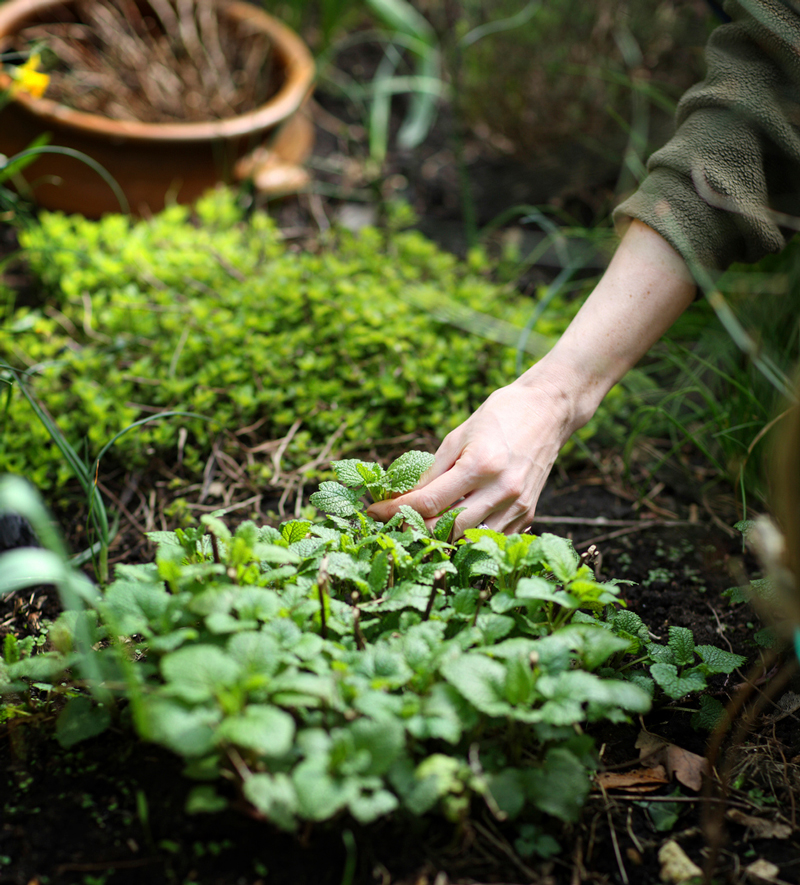Are you hanging out in the shade these days to stay cool?
You can plant a garden in the shade with these yummy edibles: arugula, asparagus, basil, beets, broccoli, Brussel sprouts, bush beans, cabbage, catnip, celery, Chinese cabbage, carrots, cauliflower, Swiss chard, chives, endive, garlic, horseradish, kale, kohlrabi, leaf lettuce, leeks, lemon balm, mints (have you tried the chocolate mint?), mustards, parsley, parsnips, peas, potatoes, radishes, rhubarb, rosemary, rutabagas, scallions, spinach, summer squash, turnips and watercress.
Mint is also great to plant by your AC condensation drip.
GOING BATTY
Did you know bats can eat up to 600 mosquitoes hourly? If you are thinking about putting up a bat house, here are a few suggestions.
Bat houses should be 12-15 feet high and face east to southeast for morning warmth, preferably within 1,000 feet of water for a larger insect population. Bat guano is high in nitrogen and great for the garden — but not the nose. Therefore, don’t install your bat house close to your house.
WILDFLOWERS
Terry from Hoover Valley asks: “Why do we plant wildflower seeds late in the fall?”
Good question, Terry. Yes, with wildflowers, we try to mimic nature. When you toss seeds or use seed bombs, the action is like spring and aerial dispersal. The main reason why we wait until late fall to “plant” wildflower seeds is because of the birds. Wildflower seeds are yummy to our avian friends. Late fall is in time for the winter stratification, but late enough that all our wildflower seeds aren’t gobbled up.
Gentle reminder: do not fertilize wildflower areas!
WEED IDENTIFICATION
I don’t know about your garden, but in our gardens, it is hard to tell the difference between weeds and exotic plants. There is a simple test. First, go out to your flowerbed or garden area. Second, reach down with a pair of channel locks (big pliers) and lock onto the prospective plant. Last, give a big pull. If it comes out easily, you just removed a desirable plant. If you couldn’t pull it up, it was a weed. Just teasing!
FALL FRUITING PLANTS:
American beautyberry, Bradford pear, Carolina buckthorne, cherry laurel, Chinese photinia, cotoneaster, euonymus alata, flowering dogwood, hawthorns, Mexican plum, Nadina domestica, persimmon, pyracantha, rusty blackhaw virburnum, rough leaf dogwood, soapberry, Southern magnolia, Southern wax myrtle, sumac (smooth, flameleaf), sweet gum, wax-leaf ligustrum.
STICKER REMOVAL
Make sure to remove those pesky sticker burrs from shoes and shoelaces far from your front door and lawn, they are seeds. When you remove and toss the stickers/burrs/seeds, you are planting a new plant. Place the stickers into a bag and put it in the trashcan or toss the stickers onto a burn pile.
BIRD BATHS
Watering the birds is very important. Maintaining bird baths and other watering devices is something that needs to be done year-round, and especially in the Texas heat.
Keep your souls and soles in your garden! Remember the True Master Gardener: Jesus said, “I am the vine; my Father is the Gardener.” John 15:1
Contact Bill Luedecke at The Luedecke Group Realtors at (512) 577-1463 or email him at bill@texasland.net. Contact Martelle Luedecke at (512) 769-3179 or luedeckephotography@gmail.com.

